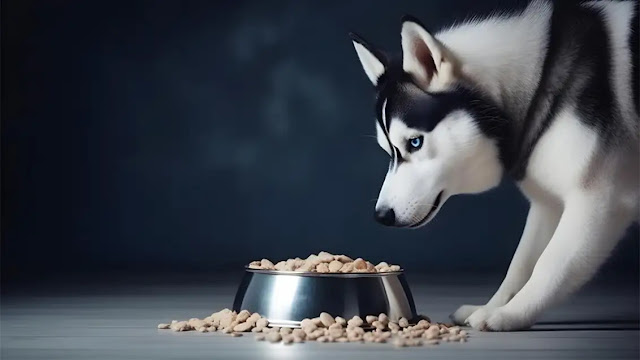why don’t dogs have self control over their appetites
Managing your dog’s eating habits
As dog owners, we often wonder why our furry friends seem to have no self-control when it comes to their appetites. It’s not uncommon to see dogs devouring their food in a matter of seconds, or begging for table scraps even after they’ve had a full meal. In this article, we will explore the reasons behind why dogs lack self-control over their appetites and provide some strategies for managing their eating habits.
Canine appetite control
Dogs, by nature, are opportunistic eaters. Their ancestors, wild wolves, had to scavenge for food and would often go long periods without a meal. This instinct to eat whenever food is available is deeply ingrained in their DNA. Additionally, dogs have a highly developed sense of smell, which makes the aroma of food incredibly tempting for them. These two factors contribute to their seemingly insatiable appetites.
Another reason why dogs struggle with self-control over their appetites is their association between food and rewards. In many training scenarios, food is used as a positive reinforcement tool. This can create a Pavlovian response, where dogs start to associate food with pleasure and excitement. As a result, they become more driven to seek food and have difficulty resisting it.
Doggie eating habits
Just like humans, dogs can develop unhealthy eating habits if not properly managed. Overeating can lead to obesity and a multitude of health issues, including diabetes, joint problems, and heart disease. It’s important for dog owners to take responsibility for their pet’s eating habits and establish a routine that promotes a healthy balance.
One effective strategy for managing your dog’s eating habits is to establish a feeding schedule. Instead of leaving food out all day, provide your dog with set meal times. This helps to regulate their appetite and prevents them from grazing throughout the day. Stick to the recommended portion sizes for your dog’s breed and size to avoid overfeeding.
Mealtime should be a calm and controlled environment. Avoid feeding your dog from the table or giving in to their begging. Instead, designate a specific area for feeding and use a consistent command or cue to signify mealtime. This helps to establish boundaries and reinforces the idea that food is only provided during designated times.
Some dogs may benefit from puzzle toys or slow feeders. These interactive devices make mealtime more engaging and prolong the eating process, allowing your dog to feel satisfied with less food. Additionally, they provide mental stimulation, which can help prevent boredom and reduce the desire to overeat.
It’s important to note that certain medical conditions can also contribute to an increased appetite in dogs. If you’ve tried various strategies to manage your dog’s eating habits with no success, it may be worth consulting with a veterinarian to rule out any underlying health issues.
In conclusion, dogs’ lack of self-control over their appetites is influenced by their evolutionary instincts, the association between food and rewards, and their highly sensitive sense of smell. However, with proper management and training, it is possible to help your dog develop healthier eating habits. By establishing a feeding schedule, creating a calm mealtime environment, and incorporating interactive feeding devices, you can ensure your dog maintains a balanced and controlled diet.













